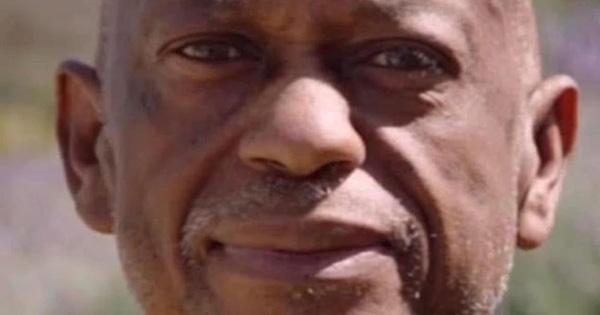
Nationwide — The devastating loss of Anthony Mitchell Sr., 67, and his son, Justin, highlights the severe challenges faced by disabled individuals during natural disasters. A retired salesman and double amputee, Anthony lived in Altadena, California, with his bedridden son, who had cerebral palsy. Despite their vulnerability, the two were unable to escape the fast-moving Eaton fire that consumed their home. Anthony’s daughter, Hajime White, confirmed they were awaiting an ambulance that never arrived.According to The Los Angeles Times, as the fire approached, Anthony reassured his family over the phone that help was on its way. “He wanted to keep everybody at ease,” his son, Anthony Jr., said. However, it became clear that no rescue was forthcoming. Staying true to his character as a devoted father, Anthony chose to remain by Justin’s side. Tragically, both became early victims of the wildfire, which has claimed at least 11 lives in Los Angeles County.
The Mitchell family’s ordeal underscores systemic issues in disaster preparedness for disabled residents. California has long been aware of the disproportionate risks faced by disabled individuals during emergencies. A 2019 state audit criticized the lack of readiness among emergency management agencies. Despite recommendations, little progress appears to have been made. Advocates point to inadequate evacuation plans and limited access to life-saving resources for people with disabilities.
Disabled residents, like actress Joci Scott, expressed fears of being forgotten during evacuations. Essential medical equipment, such as oxygen tanks and mobility devices, often cannot accompany evacuees, creating additional barriers. Organizations like the Partnership for Inclusive Disaster Strategies strive to bridge these gaps by coordinating resources and providing emergency supplies. However, logistical challenges, such as road closures and gridlock, hinder their efforts.
Local agencies and nonprofits are attempting to address these issues by offering battery backups for medical devices and transportation assistance. Yet, communication remains a significant problem. Many disabled individuals report learning about these resources only through word of mouth, leaving them unprepared when disaster strikes.
For Anthony Jr., the loss of his father and brother has sparked frustration and anger. “This shouldn’t have happened,” he said. “The institutions let them down.” The Mitchells’ tragic story serves as a stark reminder of the urgent need for inclusive disaster preparedness and support systems to protect society’s most vulnerable members.
